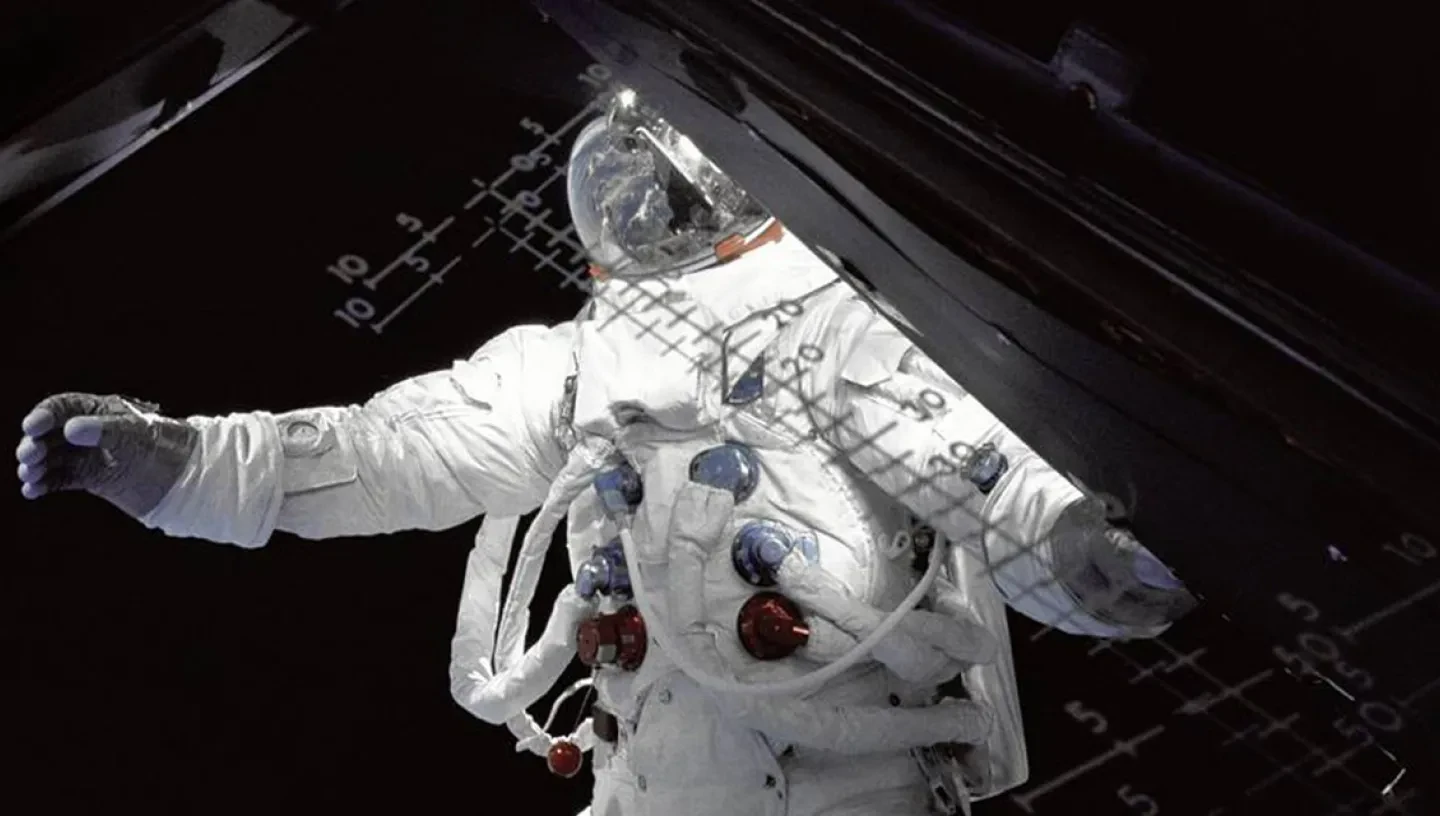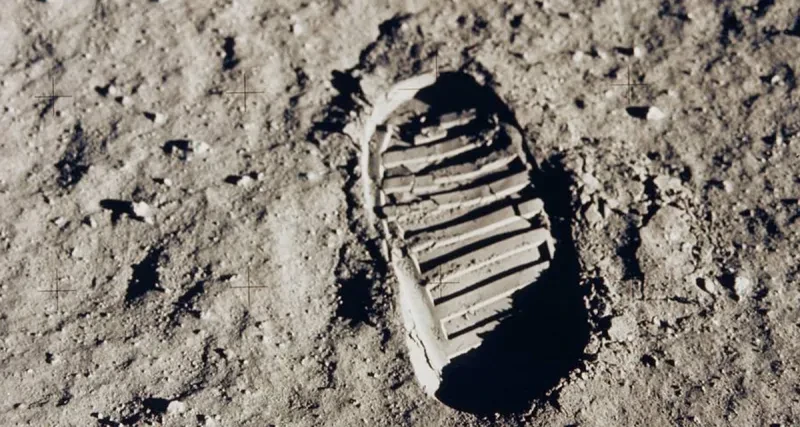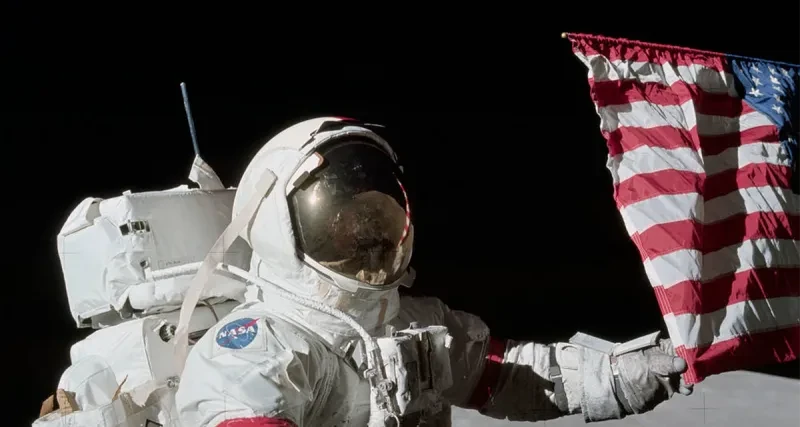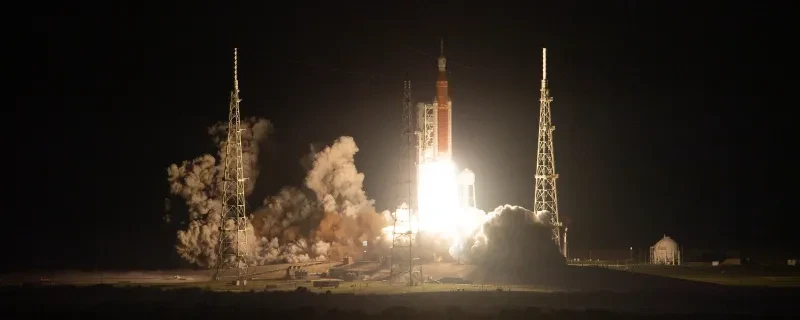
Learn more about the groundbreaking Apollo 9 and 10 missions.
Apollo 9 mission
Apollo 9 launch
Apollo 9 launched on 3 March 1969 and returned on 13 March 1969.
Apollo 9 astronauts
The Apollo 9 crew consisted of:
· James McDivitt - Mission Commander
· David Scott - command module pilot
· Rusty Schweickart - lunar module pilot
Apollo 9 tests
Apollo 9 was a mission designed to test key equipment, particularly the lunar module. This was the part of the spacecraft that would actually land on the Moon.
The third crewed Apollo mission and the first crewed lunar module flight, its success was integral to humans walking on the Moon. Its success was not only the separation of the lunar module, but its docking. Without this, the astronauts would have been stranded on the Moon, and David Scott would have been forced to return to Earth alone.
Apollo 9 was also the first space test of the complete Apollo spacecraft.
Naming the lunar module
Crew members were allowed to choose the call name of the lunar and command module. The lunar module came to be known as Spider.
Meanwhile the command module was named Gumdrop. This was because of the shape, and the blue wrapping it arrived in both being similar to the sweet.
Find out more about spacecraft call signs
Did Apollo 9 go to the Moon?
Apollo 9 did not go to the Moon, but stayed in Earth’s orbit. The crew did however, complete two space walks, or EVAs (extra vehicular activities). On one of these, Schweickart used the new Apollo spacesuit.
Up until then, spacesuits had remained connected to the spacecraft by a kind of umbilical cord tether. This new spacesuit had its own life support system built into it – it was essentially a mini spacecraft.
This successful testing meant that humans could not only get to the Moon, but also walk upon it.
Apollo 10 mission
Apollo 10 is often considered to be the ‘dress rehearsal’ for Apollo 11. Launching on 18 May, it took place mere months before the Apollo 11 mission.
Apollo 10 astronauts
- Thomas P. Stafford - Mission Commander
- John W. Young - command module pilot
- Eugene A. Cernan - lunar module pilot
Was Apollo 10 successful?
The fact that the Apollo 11 mission went ahead in July 1969 is testament to the success of Apollo 10. Everything that was due to take place on Apollo 11, bar actually landing, was tested on this mission.
However it nearly suffered a fatal crash. As the lunar module was just 12 kilometres above the lunar surface, the crew accidentally gave the flight computer multiple commands. This caused it to roll violently. Luckily control was regained but any more rolls would have seen the module crash onto the surface of the Moon.
Apollo 10 command module
The mission’s call signs were named after characters from the comic strip Peanuts by Charles M. Schulz. The command module was named Charlie Brown, and the lunar module Snoopy. Charles Schulz created some bespoke cartoons in response.
After Apollo 10, NASA required that the command and lunar modules were given more ‘dignified’ names. However this never happened - Apollo 16 astronauts named their command module after Casper the Friendly Ghost.
Apollo 10 facts
- Apollo 10 set the world record for the highest speed attained by a crewed vehicle, on its return to Earth
- The crew was the only Apollo crew that all went on to fly in subsequent Apollo missions
- This mission saw the first colour TV transmissions from space
- During their time on the far side of the Moon, astronauts remarked upon hearing a whistling sound that lasted for nearly an hour. This sound was most likely radio interference between the command module and lunar module. However, it was speculated at the time to be UFO-related, and was referred to as ‘space music’.
Discover great space photography at the Astronomy Photographer of the Year exhibition




